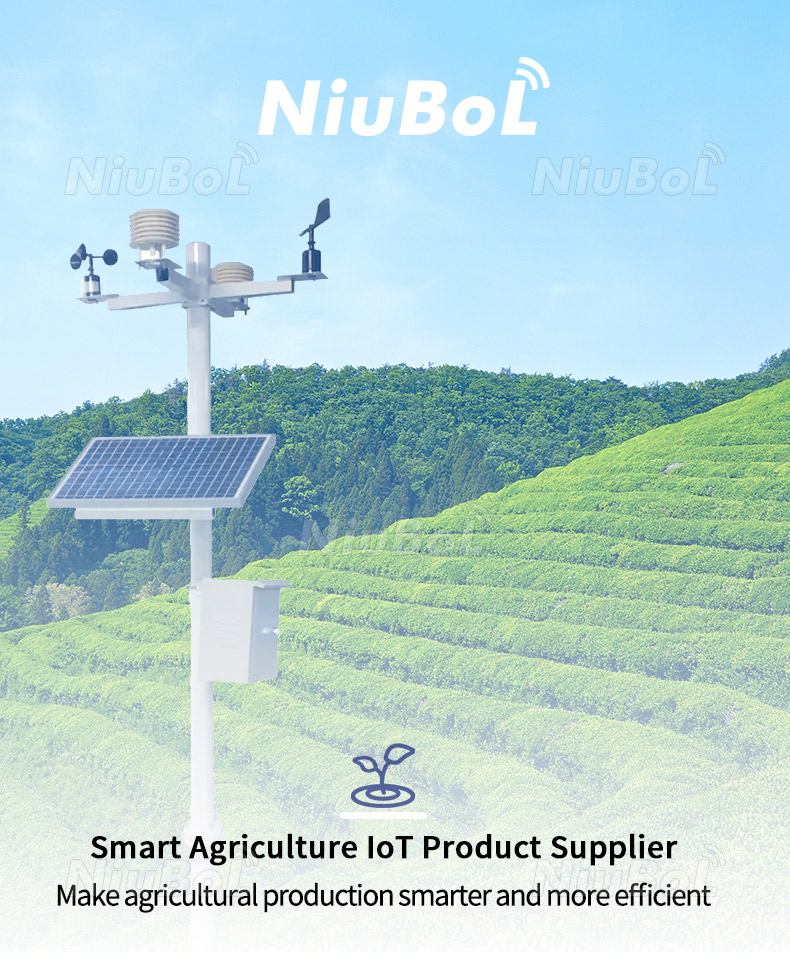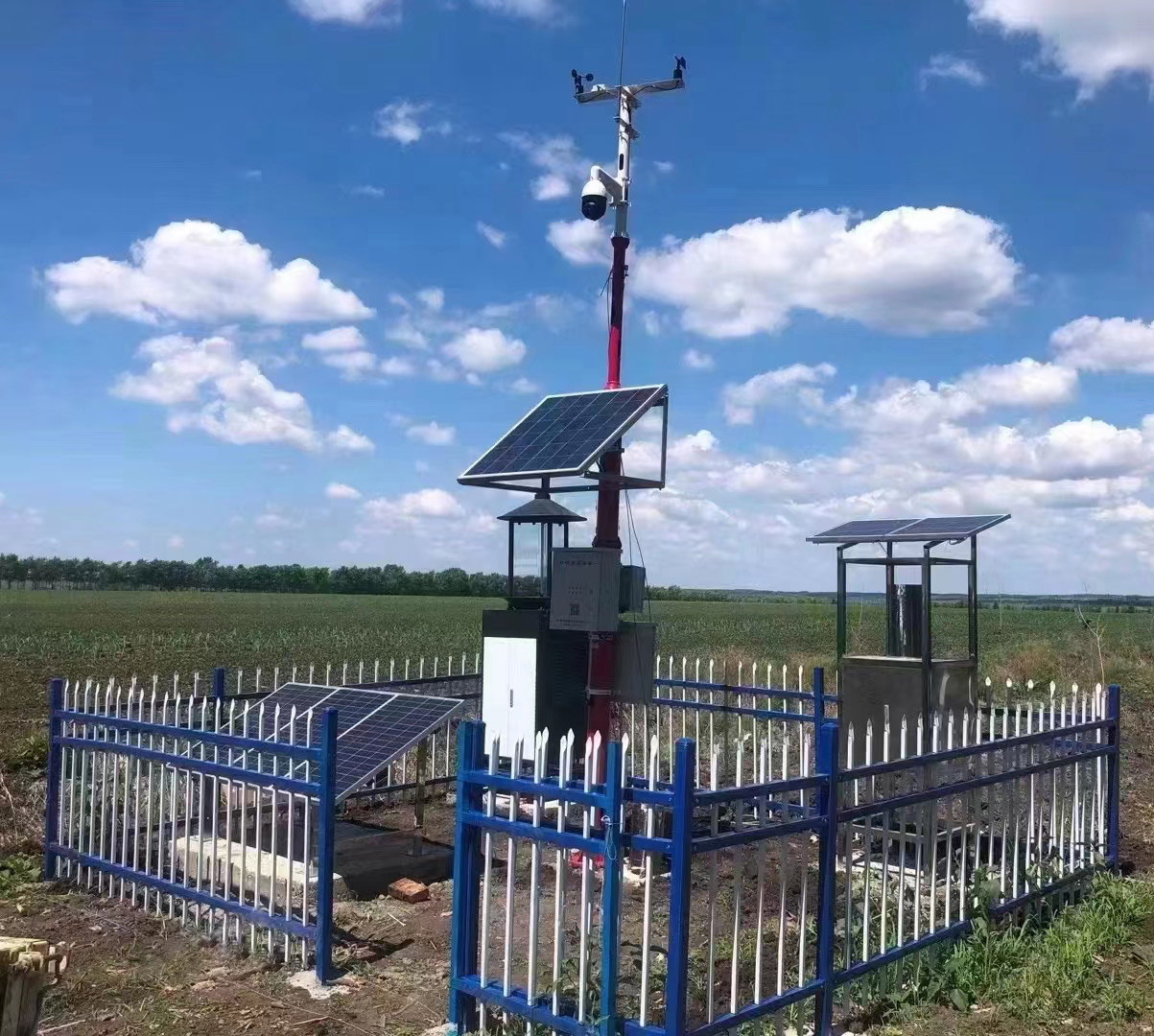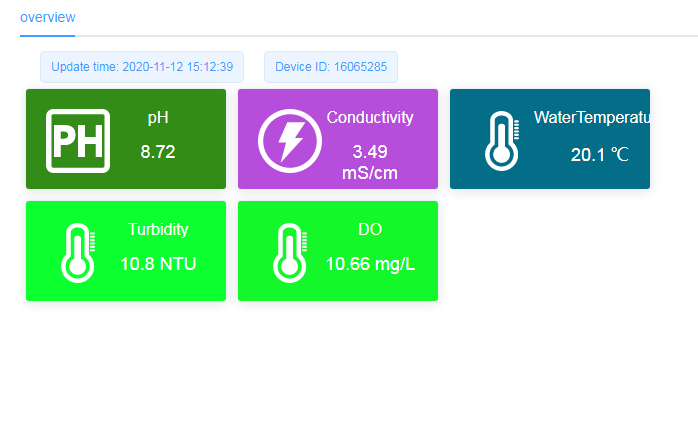

— Blogs —
—Products—
 Consumer hotline +8618073152920
Consumer hotline +8618073152920 WhatsApp:+8615367865107
Address:Room 102, District D, Houhu Industrial Park, Yuelu District, Changsha City, Hunan Province, China
Product knowledge
Time:2022-09-12 09:45:34 Popularity:582
The use of IoT will boost farmers’ productivity by 70% by the end of 2050, according to IBM forecasts, so overall, the future looks optimistic. Either way, IoT has a lot to offer in easing the pain farmers often face.
Tech-agriculture is a booming industry, and as of today, a wide range of smart farming systems enable farmers to meet everyday challenges. Planting, Watering, Crop Harvesting and Pest Control - Field Monitoring gathers a range of indicators that farmers can effectively manage these tasks.

1: Soil condition monitoring
Soil condition is an important indicator to help farmers decide the best time to sow and harvest crops. With soil condition monitoring via IoT sensors, farmers can receive immediate alerts about soil moisture and salinity. Other indicators include soil temperature and air temperature: estimating them correctly allows farmers to plan watering times and know when infestations will appear.
Soil condition monitoring requires a combination of hardware and software systems to operate in real time and alert users to any major changes.

2: Weather monitoring
Agrometeorological monitoring is one of the most commonly used application areas of IoT. In crop cultivation, yield is largely dependent on the environment, which itself is unstable. Weather monitoring solutions located in the field, such as those used by weather stations, can alert farmers to changing weather conditions - temperature, precipitation, humidity, solar radiation and wind speed.
3: Greenhouse Automation System
Fragile and sensitive greenhouse ecosystems require constant maintenance and control. They help maintain optimal microclimate conditions and manage lighting, humidity, carbon dioxide and temperature levels. Instant alerts and increased management capabilities maximize the efficiency of greenhouse cultivation.
4: Crop Monitoring System
As crops grow and mature, many problems can arise: Illness, pests or adverse environmental conditions can cause irreparable damage before farmers notice. Smart sensing technology applied to crop monitoring can collect indicators of crop status (temperature, humidity, health) and enable farmers to take timely action should any problems arise.

5: Digital Pest Management
Pests and diseases are some of the pains farmers often face. Knowing when infestations arrive can be a challenge, but it's also impossible to determine their activity and location without frequent visits to the field. Insect monitoring systems can solve these problems.

6: End-to-end farm management system
From greenhouses to pastures, entire farm areas can accommodate smart agriculture sensors that serve as collection points for vital data to build powerful, comprehensive farm management systems. Of course, such systems should leverage advanced data analytics software and integrate seamlessly with accounting and procurement databases to provide insights and demonstrate their full analytical potential.
Prev:Agricultural Internet of Things uses sensors in greenhouse systems to form monitoring networks
Next:The benefits of using IoT monitoring solutions in agriculture
Related recommendations
Sensors & Weather Stations Catalog
Agriculture Sensors and Weather Stations Catalog-NiuBoL.pdf
Weather Stations Catalog-NiuBoL.pdf
Related products
 Combined air temperature and relative humidity sensor
Combined air temperature and relative humidity sensor Soil Moisture Temperature sensor for irrigation
Soil Moisture Temperature sensor for irrigation Soil pH sensor RS485 soil Testing instrument soil ph meter for agriculture
Soil pH sensor RS485 soil Testing instrument soil ph meter for agriculture Wind Speed sensor Output Modbus/RS485/Analog/0-5V/4-20mA
Wind Speed sensor Output Modbus/RS485/Analog/0-5V/4-20mA Tipping bucket rain gauge for weather monitoring auto rainfall sensor RS485/Outdoor/stainless steel
Tipping bucket rain gauge for weather monitoring auto rainfall sensor RS485/Outdoor/stainless steel Pyranometer Solar Radiation Sensor 4-20mA/RS485
Pyranometer Solar Radiation Sensor 4-20mA/RS485
Screenshot, WhatsApp to identify the QR code
WhatsApp number:+8615367865107
(Click on WhatsApp to copy and add friends)